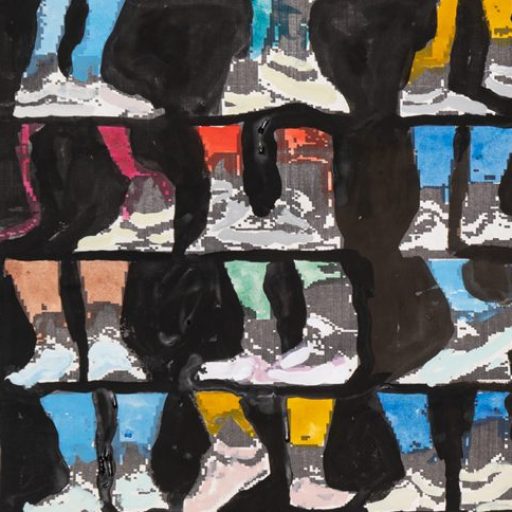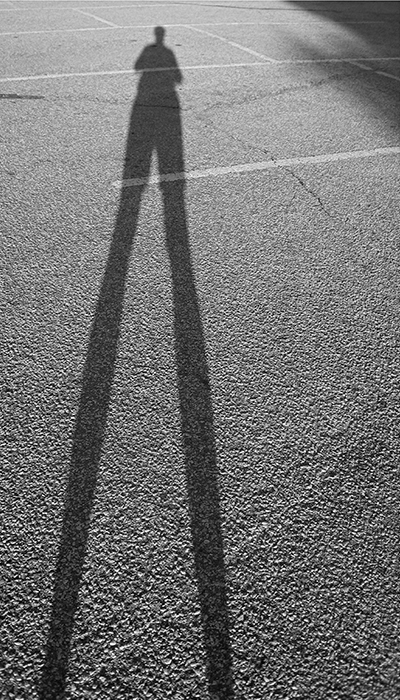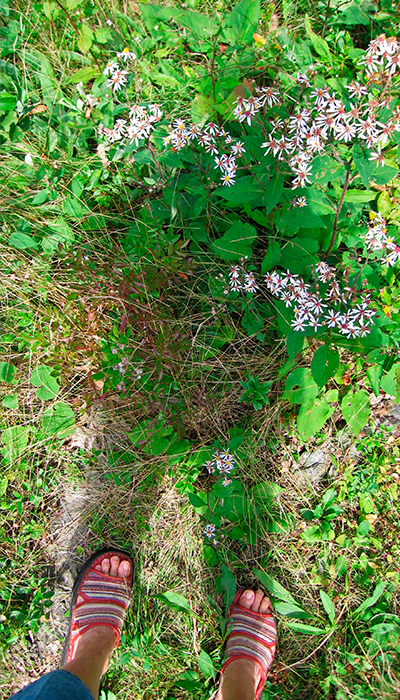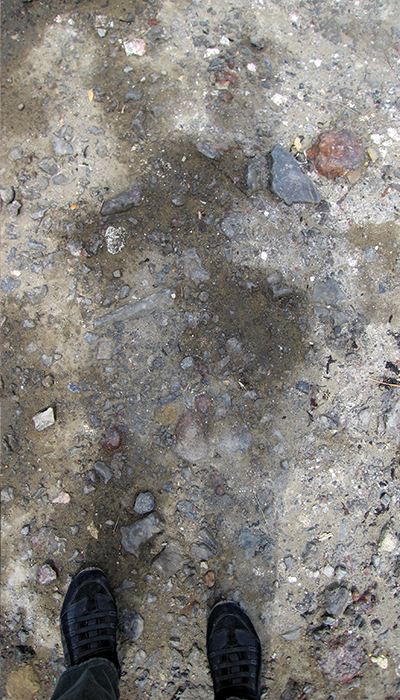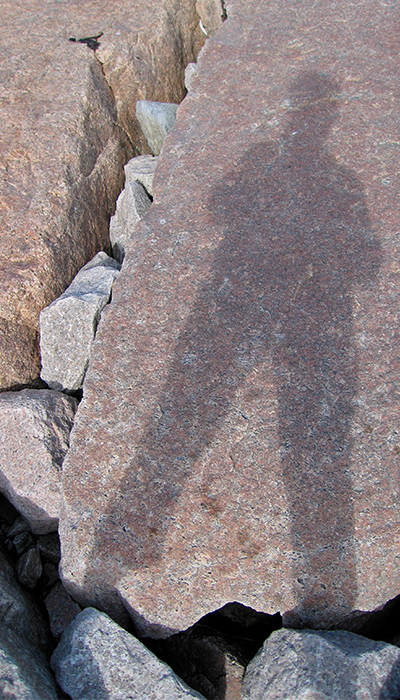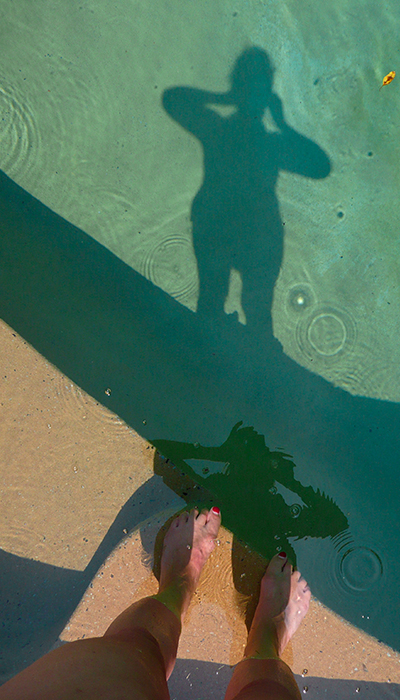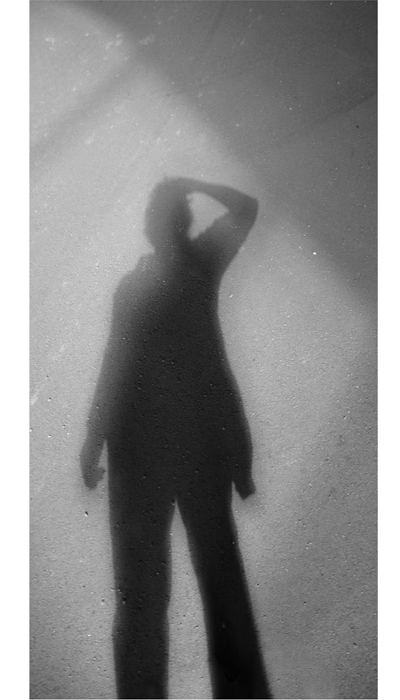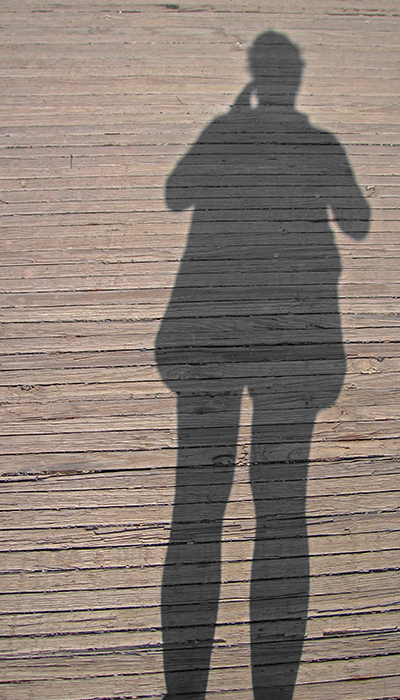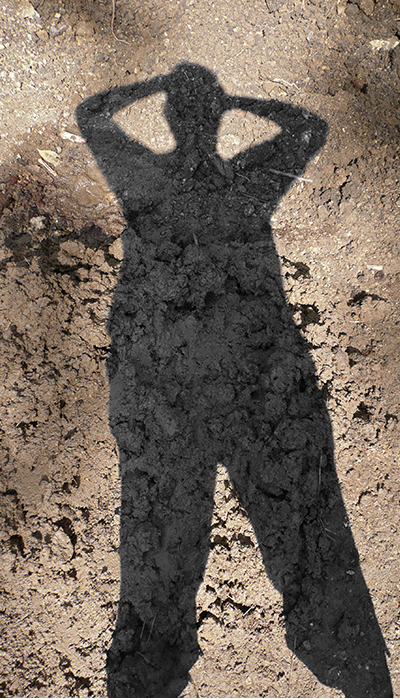For Coleman, who is a talented printmaker, the raw material of video footage–time as image–was an open field ripe for investigation. Beginning in the 1980s, while working with early video at the Experimental Television Center in Oswego, New York, she, as she describes it, became “obsessed” with finding ways to capture moments of time. One of the difficult task the artist set for herself was to pull a Duchampian ready-made out of the material of video. Because video, unlike film, does not capture a series of still images that will run together into coherent movement as the film is run through a projector, there is no between–no space between frames– in video. Video is a continuous capture of movement translated into information, so to stop the movement in a still image–to find a moment of in-between– is tantamount to stopping the flow of information, or in Duchampian terms, to choose the unremarkable and overlooked and make it an image worthy of aesthetic contemplation. Duchamp discovered the beauty of a urinal, a coat rack, and a snow shovel (among many other objects) by pulling these objects out of their usual context and declaring them sculpture; Coleman’s metaphoric assisted readymades are technology’s throw-aways, the blurred in-betweens of video time. To her eyes, they hold subliminal power and by extracting them out of sequence, she can “realign them to exploit new associations of pictorial relationships.” Her re-contextualization of these unacknowledged images in the art gallery is dadaesque. Walk Scroll, a dot matrix print showing the artist walking in the ocean surf toward the camera, is also dadaesque in its upended description of time and progress. The distinctive paper of the dot matrix printer perforated on the left and right margin and the zig-zag fold of the loading system are clearly visible in the scroll. Showing sixteen consecutive black and white images of stopped time, the walking figure never really arrives at a destination or comes to any resolution or rest as Muybridge’s studies always do. Instead, the figure steps forward for approximately four steps, then the image cuts back to the beginning continuing a cycle of repetition without conclusion. Time has been stopped, movement repeated, and for all the efforts that the figure makes, she never comes any closer to the camera or her goal.
